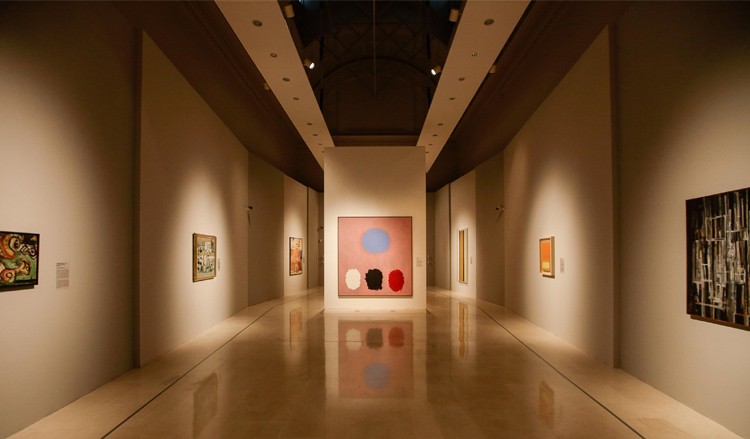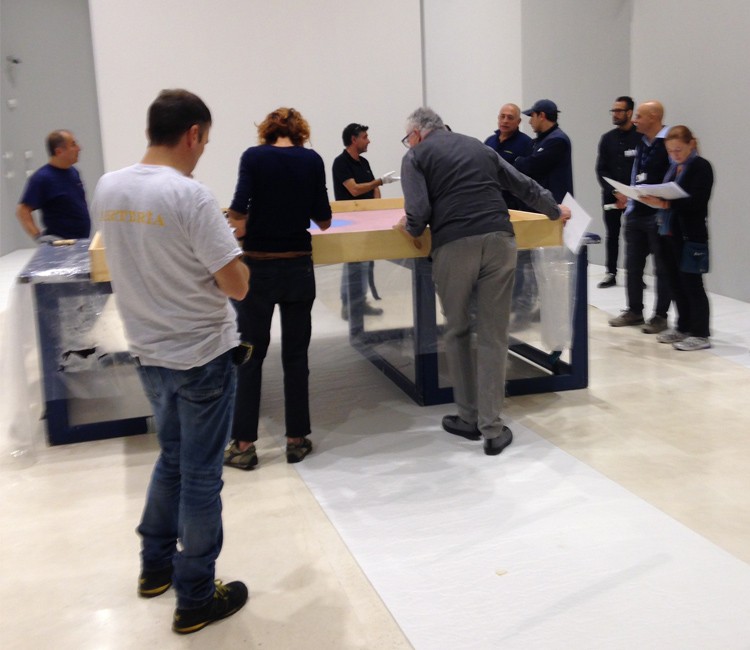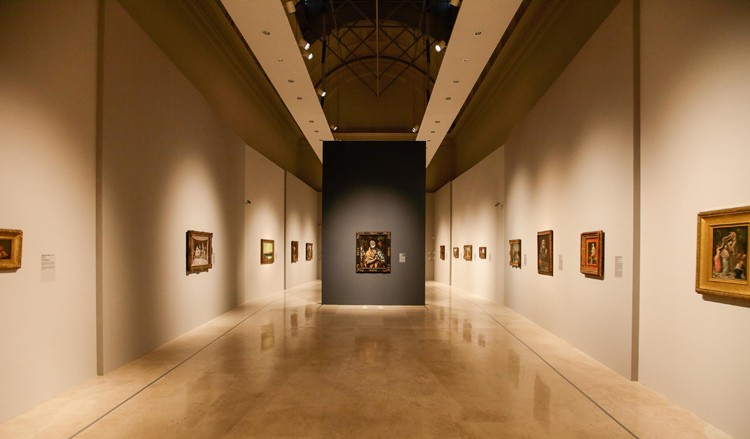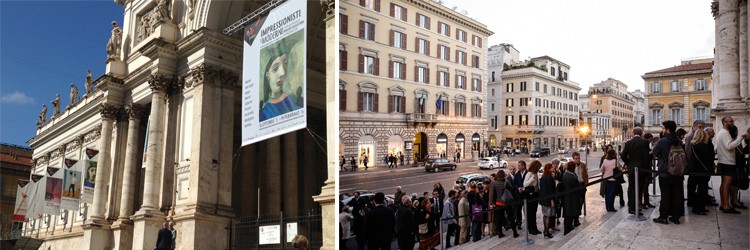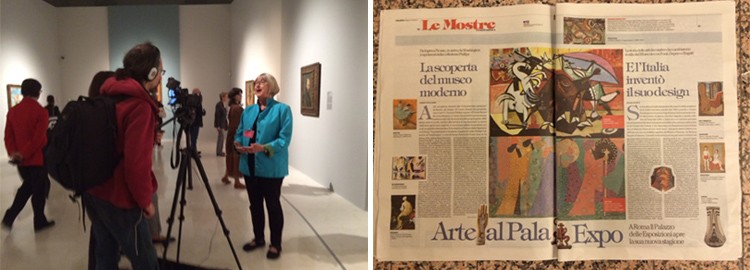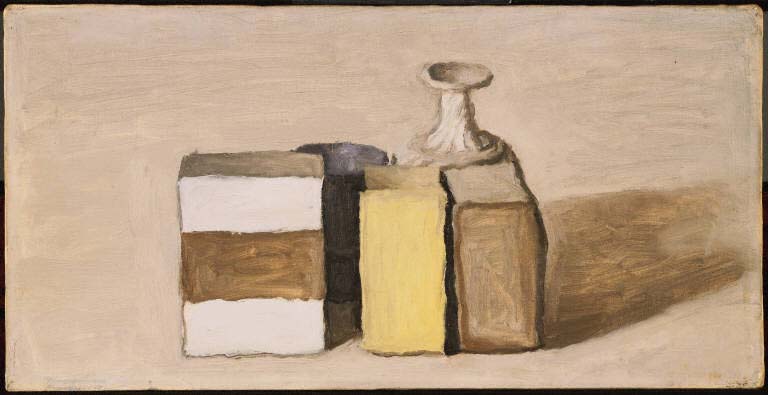Read part one in this series.

Joseph Stella, Vesuvius, c. 1915-20. Watercolor and pencil on paper, 9 1/2 x 13 1/4 in. (24.1 x 33.7 cm). The Phillips Collection, Washington, D.C., Gift of Jennifer and Alan Pensler in memory of Leslie Pensler, 1997.
Born near Naples, Italy in 1877, the artist Joseph Stella moved to the United States at the age of 18 where he began a career in medicine before attending the Art Students League in New York to study painting. He traveled to Paris in 1909, was inspired by cubism and futurism, and later participated in the Armory Show of 1913. He continued to experiment with styles, the result of which can be seen in the vibrant colors of his watercolor Vesuvius from between 1920 and 1940, shown above. Italian Landscape, also from this time period, shows softer colors and more subtle references to modern techniques.
While born to Italian parents, Giorgio de Chirico grew up in Volos, Greece, and studied art in Athens, Italy, and Germany. As an adult, de Chirico lived in many cities throughout Italy, each leaving its mark on his work. The painting seen below, Horses (1928), depicts two horses on a beach standing before a Roman architectural structure that refers to the legacy of Italian culture.
Drew Lash, Curatorial Intern
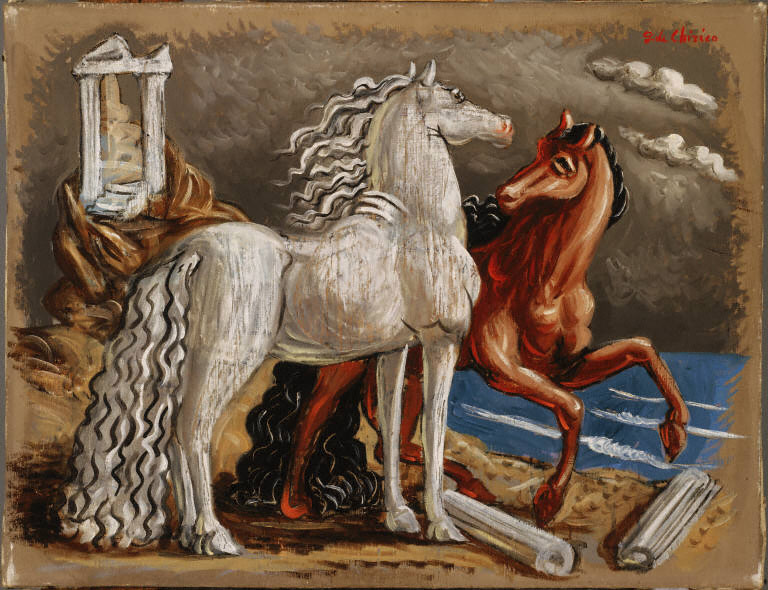
Giorgio de Chirico, Horses, c. 1928. Oil on canvas, 19 3/4 x 25 5/8 in. (50.2 x 65 cm). The Phillips Collection, Washington, D.C., Acquired 1929.
